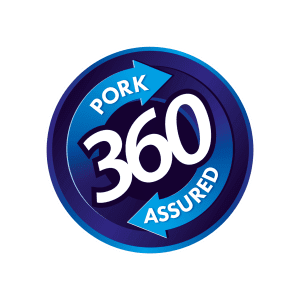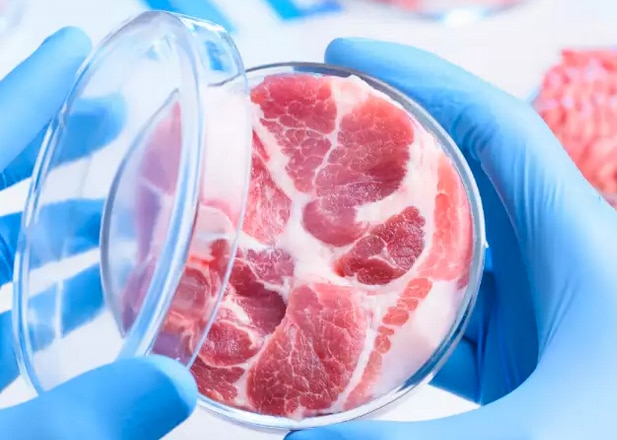Source: RPO e-newsletter, 7 May 2021, photo credit: Times Food
Debates around livestock and meat consumption are on the rise in Europe as well as in other western countries.
European professionals in the livestock sector feel that in terms of health, the complex nutrients naturally found in meat which would be hard to replicate, must be considered. The same applies to the food security concerns that a shift to synthetic meat could generate in countries relying on livestock and meat exports, not to mention the growing imbalance it could create between the different players of the supply chain or the impact it could have on meat protein affordability for consumers.
Furthermore, assessing all the social, environmental and economic aspects related to an abandonment of the European livestock sector is an extremely complex process, even for agricultural and animal scientists. In all scenarios, however, there are at least three definite consequences to a shift towards 100% synthetic meat :-
Europe will lose a circular bio-economy champion
Livestock plays many valuable roles that would otherwise disappear. By valorising food-chain by-products, livestock contributes to a more efficient agriculture. The recycling or some say “upcycling” of biomass from resources such as grass, straw and bran that are inedible for people is an important process. If not consumed by livestock, these residues and by-products could quickly become an environmental burden in themselves, as human demand for processed foods increases.
Rural Europe will be depleted and food production will be concentrated in the hands of a few food tech companies
Today livestock is a key component of rural Europe. Livestock is present in almost all regions across Europe in a wide diversity of production systems according to local economic, geographical and sociological contexts. The livestock sector contributes substantially to the European economy (€168 billion annually, 45% of the total agricultural activity, to the trade balance and creates employment for almost 30 million people).
The synthetic meat revolution that is envisioned will not be an open-source system. Synthetic food will be highly engineered, ultra-processed and developed through patents. It is therefore certain that a “100% synthetic meat” society would be a society in which production would be concentrated, relocatable and disconnected from nature and rurality.
The carbon footprint of our meals will not see the substantial decrease promised by synthetic replacements
From a climate change perspective, a world without livestock would likely not be the world we are aiming for. Livestock regulate the ecological cycles, close the nutrient cycle, and improve soil fertility and carbon sequestration by recycling and using manure as a bio resource and using grasslands not suitable for crops. In mixed crop and livestock areas, grasslands rotations also have the function of cutting off the cycle of crop pests, allowing farmers to reduce the use of pesticides.
In addition, there has been little evaluation of the carbon footprint of synthetic meat alternatives, which may not be as good as first expected. From where would the serum to produce cultured tissues come? How much energy would be needed to make those tissues grow? What antibiotics, fungicides, or hormones would be needed to control the production?
Source
The South African Pork Producers’ Organisation (SAPPO) coordinates industry interventions and collaboratively manages risks in the value chain to enable the sustainability and profitability of pork producers in South Africa.








